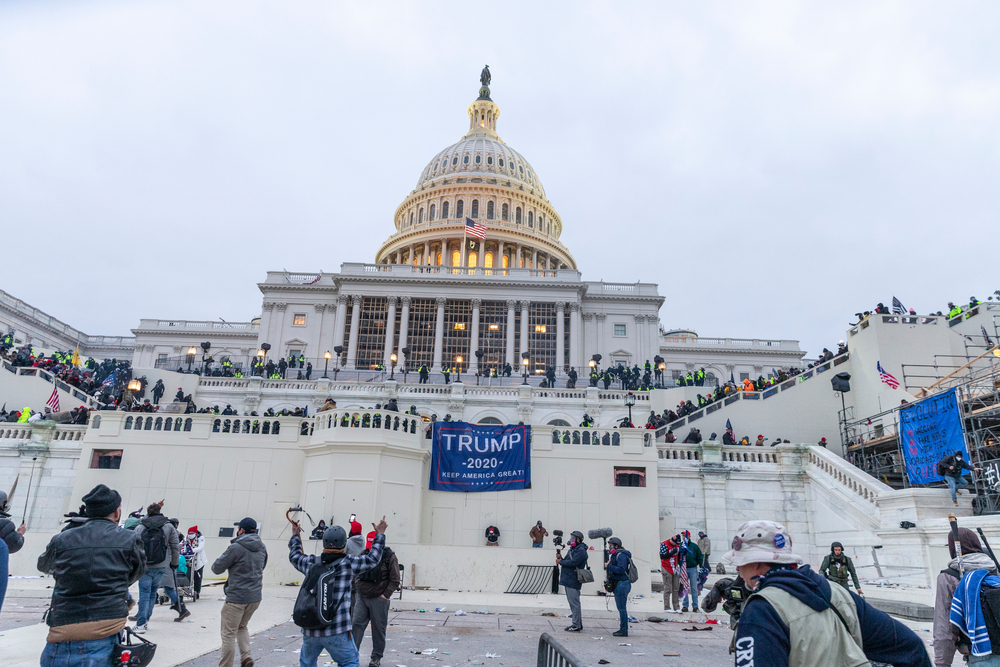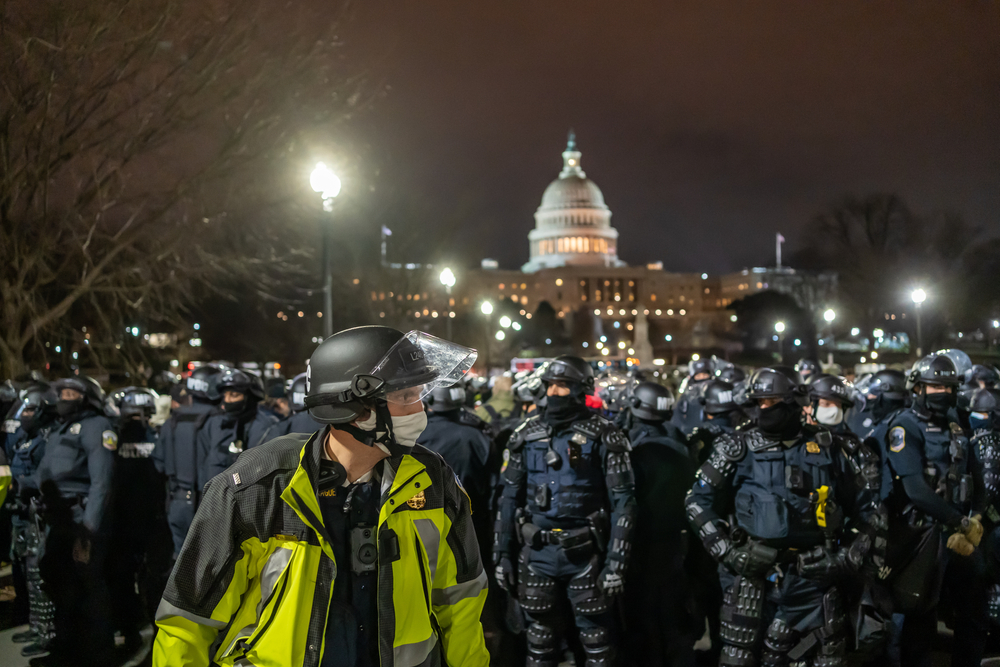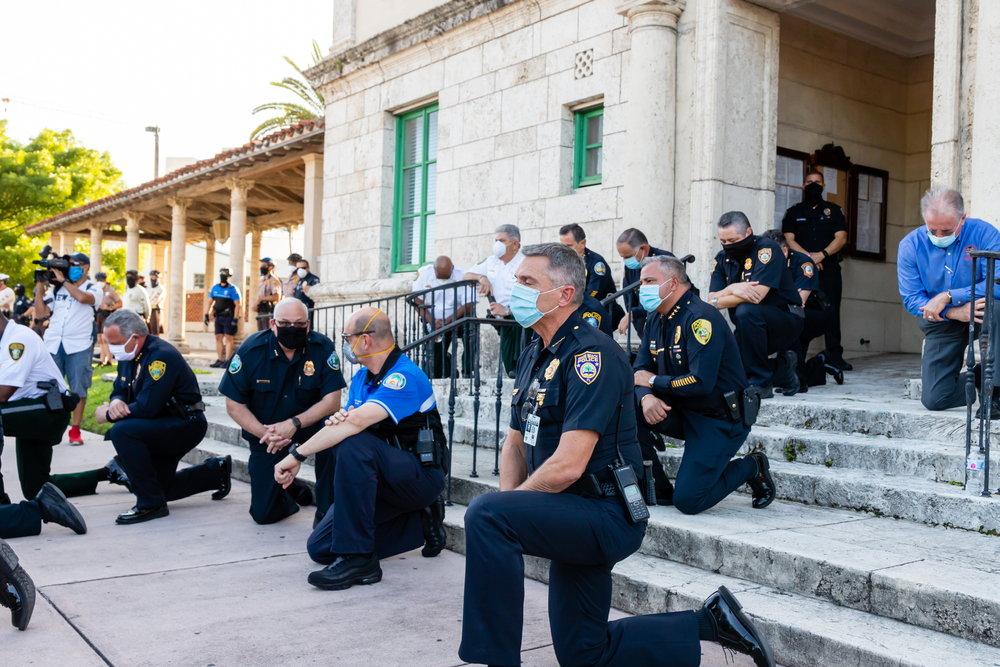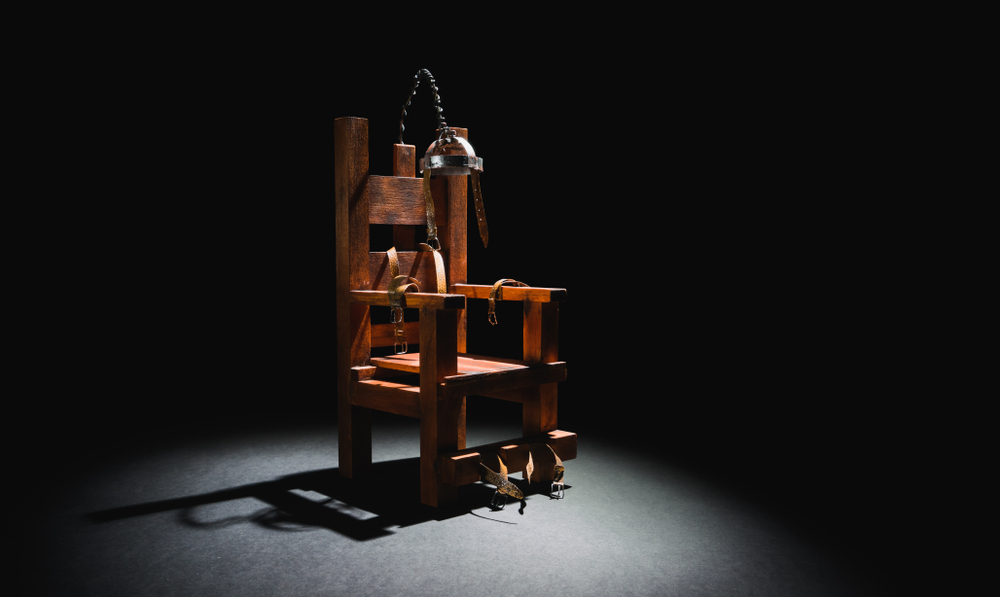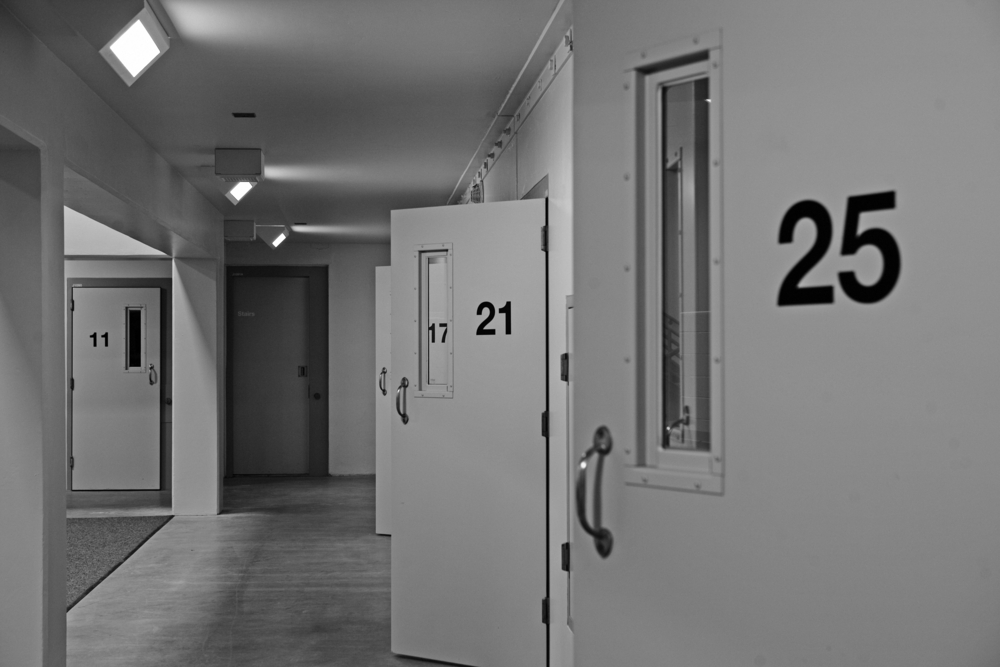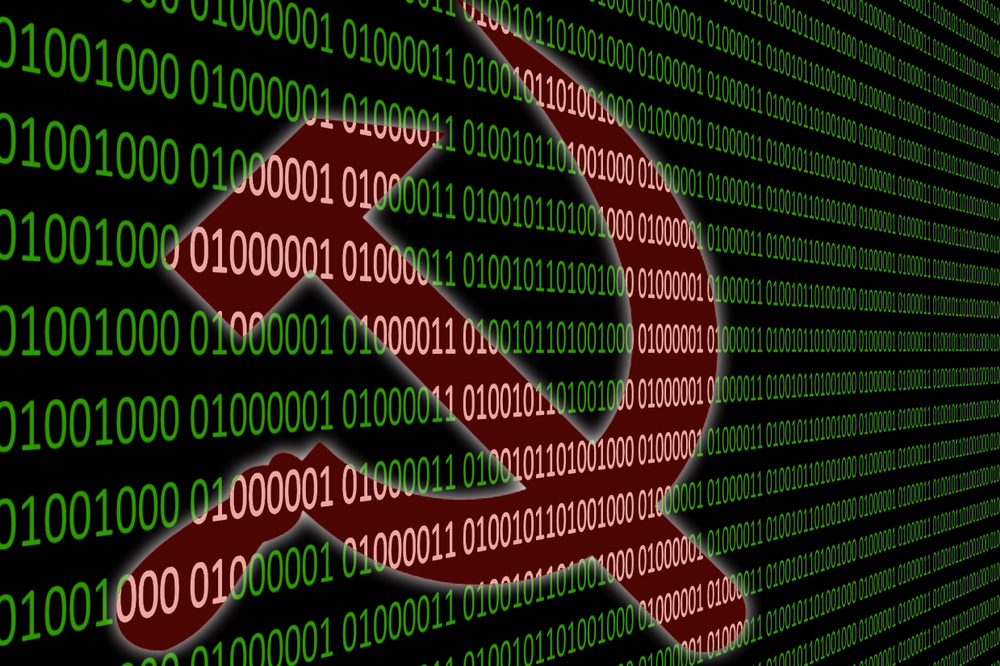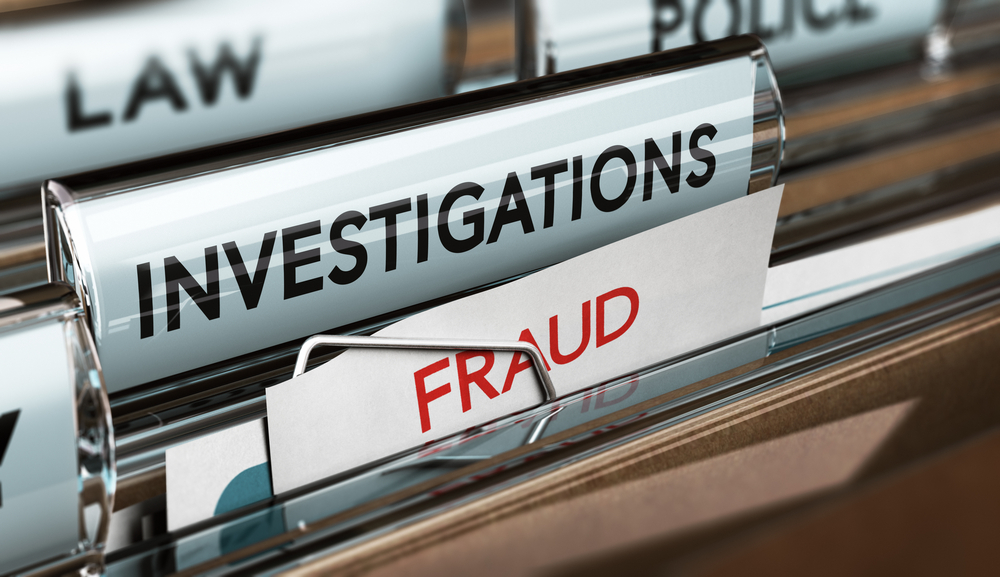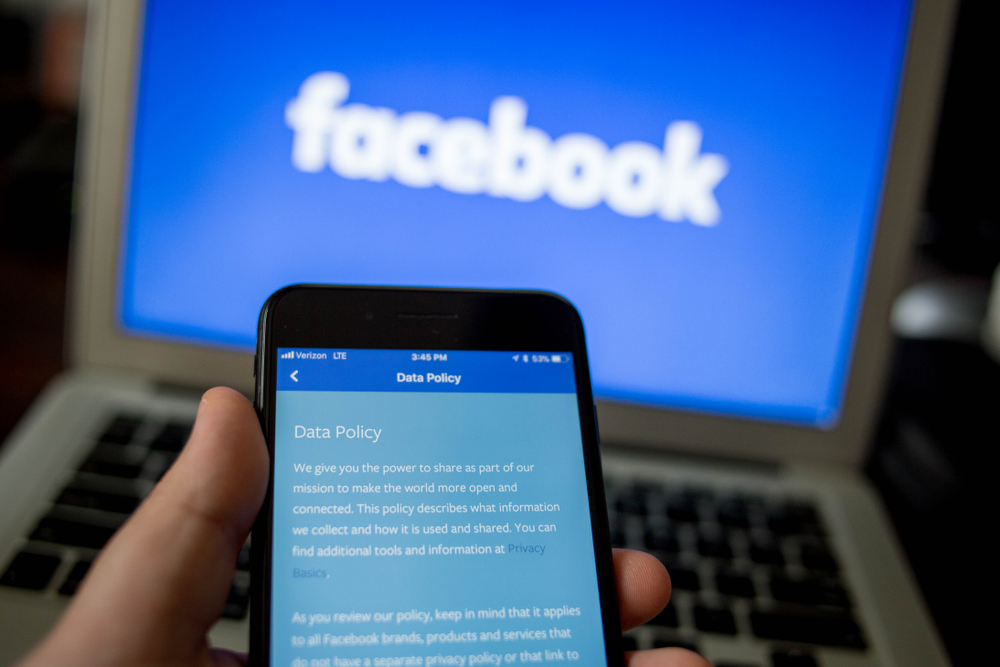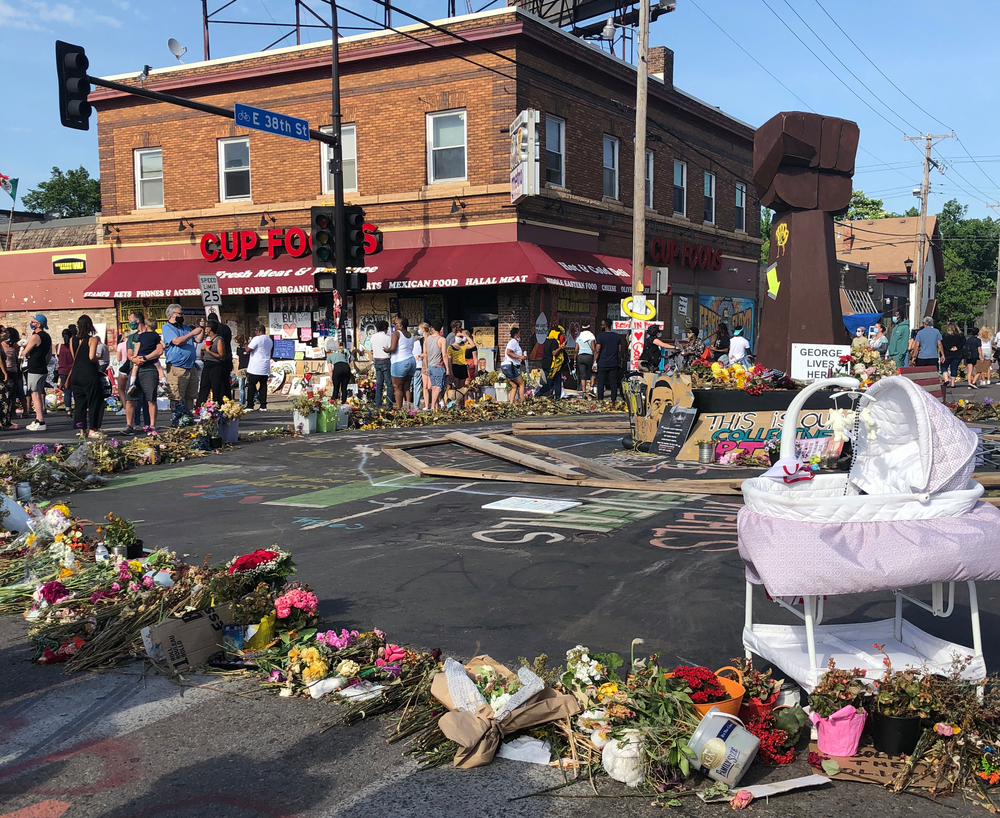Social media can be a tool or a weapon for police
Law enforcement agencies across the country use social media in various ways to monitor crime and communicate with the population. But there are few laws on what they can and cannot do with someone’s personal information. It is more like a mishmash of policies and procedures based on demographics and preferences.
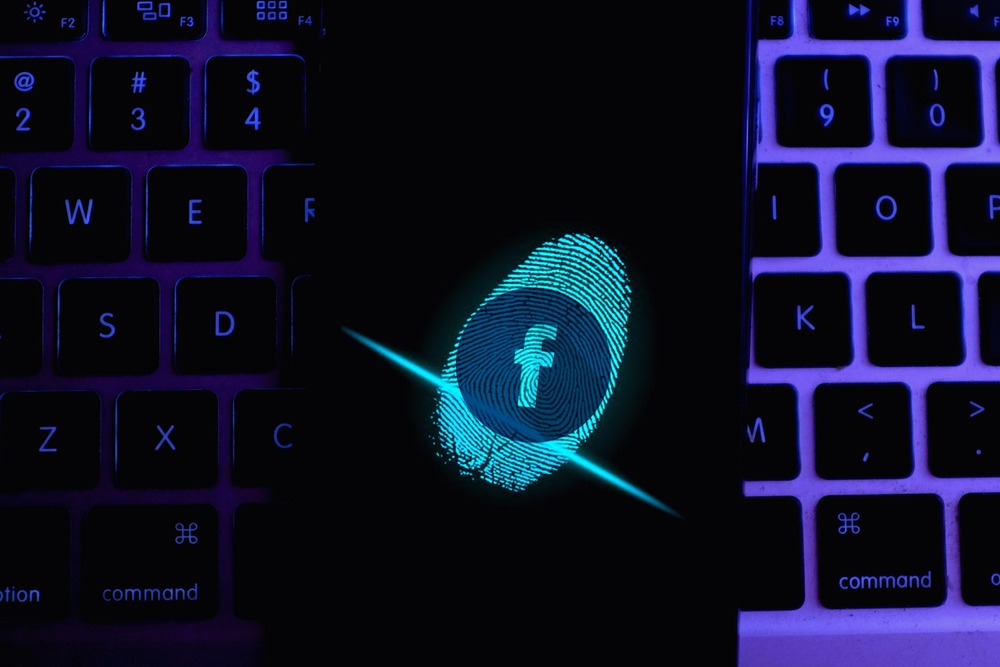
The best action to take to keep police from snooping in your social media accounts then using the contents against you is to use “basic digital hygiene,” and think before you post, said Rachel Levinson-Waldman, Deputy Director of Liberty & National Security for the Brennan Center for Justice. Brennan is a nonprofit affiliated with New York University.
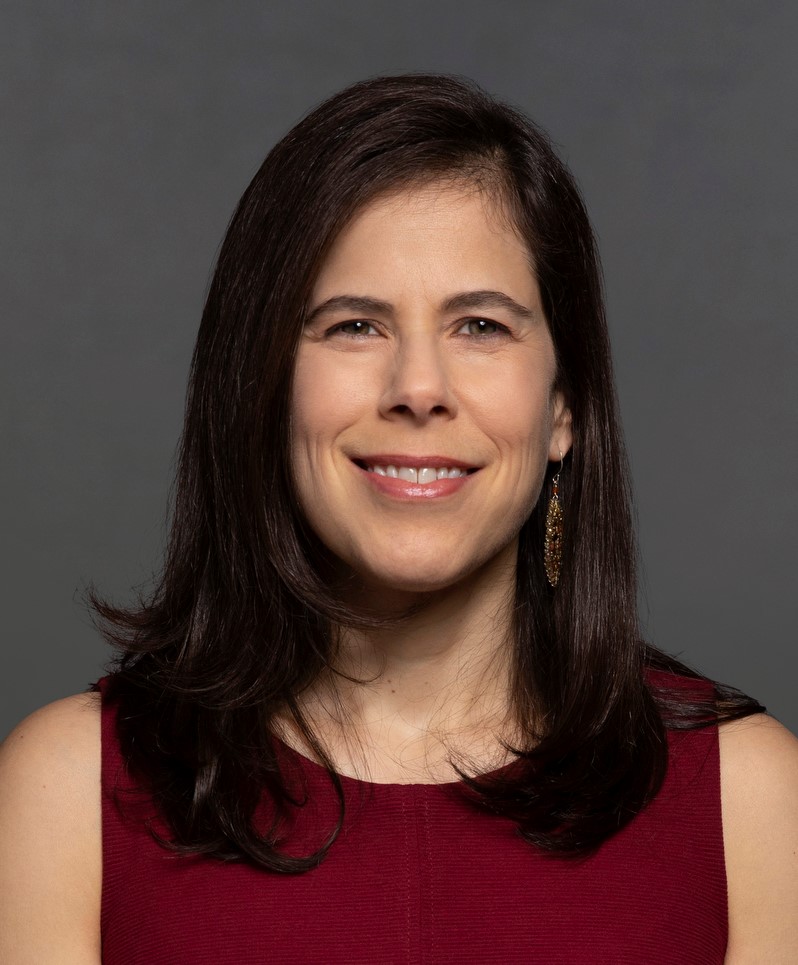
“There is not a consistent approach,” she said. “What we see anecdotally is a lot of departments using social media, but there is very little guidance. Individual police departments put out their own policies but not many, at least publicly, even have policies. It seems to be ad hoc and very much driven at the departmental level because there is next to no law, and case law says they can do it.”
RELATED: Chokeholds lose favor in many, not all, police departments
RELATED: Police interviews, social distancing call for creativity
“Civil rights protesters have long been the target of state surveillance,” Levinson-Waldman said in a report she wrote on the issue. “Recent efforts to keep tabs on Black Lives Matter protests and demonstrations against family separation, for instance, echo the FBI’s counterintelligence program used to spy on civil rights leaders from Martin Luther King, Jr. to Huey Newton.”
Consider recent protests over the police killings of George Floyd and Breonna Taylor, the report states. “As demonstrations spread across the country, the FBI and local police monitored social media and made arrests based on what people have posted online. In one instance, police in Wichita, Kansas even arrested a teenager on suspicion of incitement to rioting based on a threatening Snapchat screenshot he shared. The teen’s post added a note cautioning readers to “stay tf away from” his hometown — rhetoric intended to denounce the call to violence, not to foment it.”
Instances like that happen when law officers are not social media competent or culturally competent, she said. “It’s so Big Brother and it speaks to the people who are looking at social media. There is a lot of reading between the lines. Even if they posted something and it looks like a threat, is it really lyrics to a song or an inside joke between people?”
That is extremely important to determine before targeting someone on social media, she said.
“Basic digital hygiene and awareness about what social media means is so important,” Levinson-Waldman said. “It is important for people to be cognizant of that and if they don’t have strong privacy settings, anyone can see it, in terms of law enforcement.”
Many uses for social media
Police use social media to obtain information for tactical purposes, including gathering information about threats of mob violence, riots or isolated criminal activity, Police Forum reports. “Social media has now given protesters the ability to informally and very quickly organize and communicate with each other in real time. Police must know how to monitor these types of communications in order to gauge the mood of a crowd, assess whether threats of criminal activity are developing, and stay apprised of any plans by large groups of people to move to other locations.”
After mob violence occurs, police can “mine” social sites to locate witnesses, perpetrators and victims, the article says. Some will post photos or videos law enforcement wants to see as part of an investigation.
There is also a flip side.
“Police agencies must also consider how their own actions are reported to the public through social media,” Police Forum reports. “Nearly any action taken in public by a police officer may be recorded on a mobile device and instantly uploaded to YouTube or another social networking site. Many of today’s police chiefs have said that they generally advise their officers to always behave in public as if they are being recorded, because that very well may be the case.”
While there are valuable reasons for police to monitor platforms like Twitter, Facebook and Instagram, there might also be over-reach. That’s why it is important to know whether your site is open to the public or reserved just for friends, Levinson-Waldman said.
“Police can be sending out friend requests while working undercover. I only accept friend requests from people I know in real life,” she said. “Facebook is for people I actually know. If people are accepting friend requests from people they don’t know, there is a risk it could be a law enforcement officer undercover. I don’t ultimately think it should be solely the individual’s responsibility” to keep accounts private, she said. “There should be restrictions.”
Sharing means giving up rights
And courts have determined that Fourth Amendment protections against unlawful search and seizure do not apply if a person shares information with a friend, who then may share it or give it to law enforcement based on a subpoena or as part of a cooperative agreement.
Such was the case in the 2012 lawsuit U.S. v Meregildo, et al.
Melvin Colon, one of the named defendants, moved to suppress evidence seized from his Facebook account based on a search warrant. The court denied the request because he had shared it on social media.
With Facebook, subscribers can keep their posts private, sharing only with friends, or they can expand their reach by allowing “friends of friends” to see their posts or making their wall completely public. Fourth Amendment protections only apply if a social media user has kept secure privacy settings.
Colon posted to his Facebook wall, then shared those posts with his “friends.” Because he gave up his expectation of privacy, the court ruled, the government did not violate the Fourth Amendment when it accessed Colon’s Facebook profile through a cooperating witness.
In the case of Richards v Hertz, also in 2012, the plaintiff alleged personal injuries that limited his physical activity and enjoyment of life. The defense saw pictures on Facebook showing the plaintiff skiing and requested the court to allow access to the site. The court denied the request and instead eventually videotaped the site to determine what the defense could see, so as not to invade the plaintiff’s privacy.
In its legal blog, the criminal defense law firm Steven Titus & Associates in Wyoming warns that anyone facing criminal charges or is under investigation should be aware that posts including comments, photos or videos can be used in court. “Police investigators will harvest information, including Facebook, Instagram and Twitter, etc., to find evidence to support the prosecution’s case against you.”
“This is one of the real difficult areas, especially because social media is basically voluntary,” Levinson-Waldon said. “You choose what you put out there. I have a public Twitter account and I want to be sure what I post is consistent with working for a nonprofit, because anyone can see it. Social media is a really powerful tool for organizing and information sharing. If the only message is don’t use social media for the purposes for which it is most useful and productive that is not helpful.”
There is at least one answer to this conundrum, she said. “An answer is for police departments to have robust policies that are public into which there has been community input. They need to be really clear about how they are using it and there should be a real suspicion of criminal activity before they use social media.”
Social media can certainly serve in the capacity of public safety, she said. “Even there I would like to see some reason to believe there is going to be criminal activity at a public event and that social media is a way to provide safety. And more broadly that it is a search for criminal activity and not just random trolling of social media, because it is so susceptible to abuse.”








